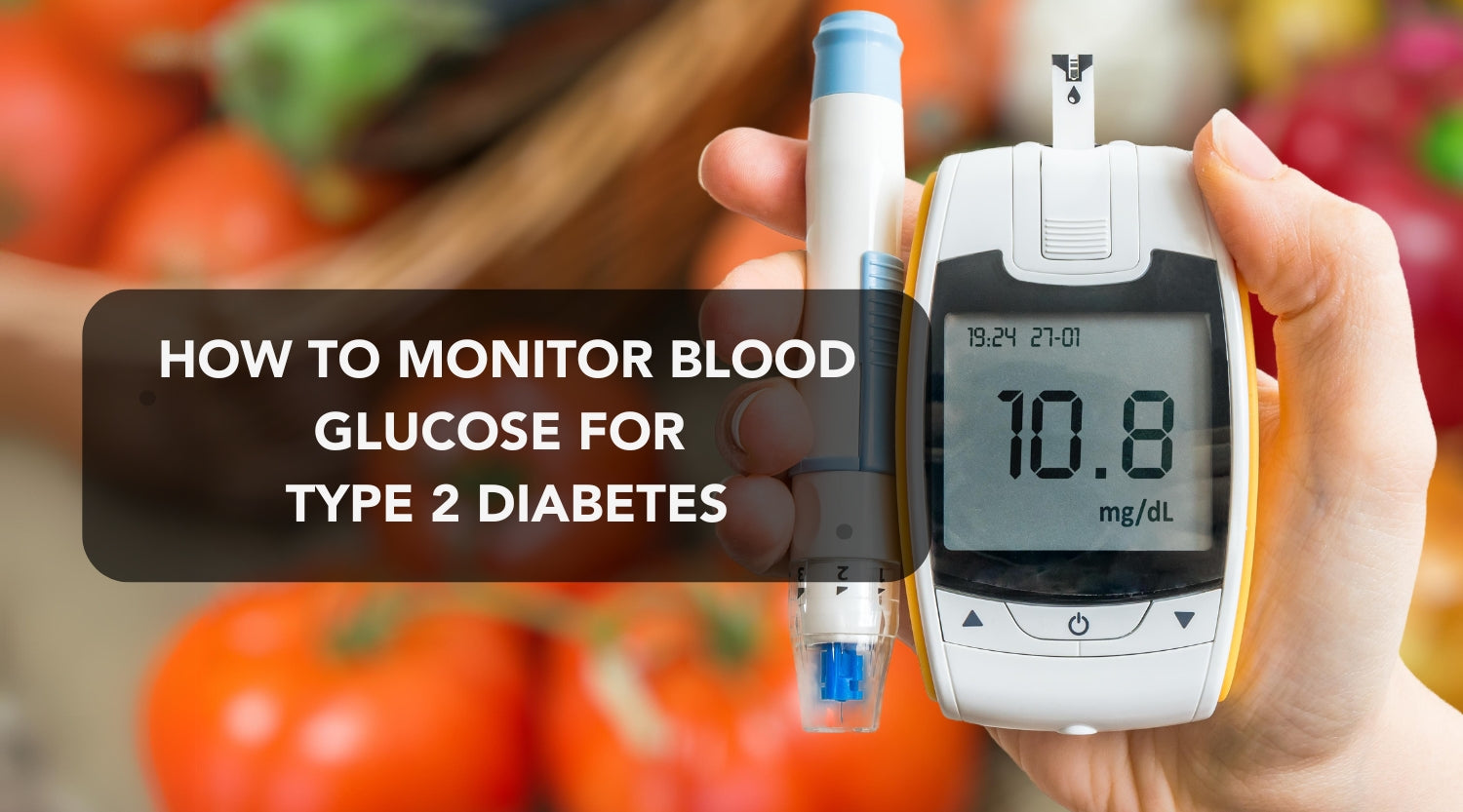
Understanding Type 2 Diabetes Symptoms and the Importance of Blood Glucose Monitoring
The Importance of Recognizing Diabetes Type 2 Symptoms
What is Diabetes Type 2?
Diabetes type 2 is a chronic condition. It affects how your body turns food into energy. Normally, your body breaks down sugars with insulin. With type 2 diabetes, your body either resists the effects of insulin or doesn't make enough. This leads to high blood sugar levels. Over time, this can harm your heart, nerves, eyes, and kidneys. It can also cause other health problems. Knowing the signs and symptoms is crucial. It helps catch the disease early and manage it better.
Why Early Detection is Key in Managing Diabetes
Detecting type 2 diabetes early is a vital step in managing the disease. With early detection, individuals can make lifestyle adjustments, seek medical advice, and start treatment sooner to avoid complications. By recognizing the signs of diabetes early, strict monitoring and control of blood glucose levels become possible. This can prevent severe consequences of unmanaged glucose levels, such as heart disease, kidney failure, or vision problems. Hence, understanding the warning signs and acting promptly could be life-saving, leading to a healthier future.
Common Blood Glucose Indicators for Diabetes Type 2
Fasting Blood Glucose Levels
For individuals with type 2 diabetes, monitoring fasting blood glucose levels is essential. These levels refer to the amount of glucose in your blood after an overnight fast, usually spanning 8 to 12 hours. Health professionals generally consider a reading of less than 100 mg/dL as normal. A range between 100 to 125 mg/dL could indicate prediabetes, and a level of 126 mg/dL or higher on two separate tests typically leads to a diabetes diagnosis. Regular checking of these levels helps track diabetes risk and management.
Post-Meal Blood Glucose Readings
Post-meal blood glucose readings, also known as postprandial glucose readings, are vital for managing diabetes Type 2. These readings show how the body handles sugar from meals. A reading higher than normal may indicate that the body isn't adequately using insulin to lower blood glucose. For non-diabetic individuals, post-meal readings typically fall below 140 mg/dL. People with diabetes may have higher readings. Monitoring these levels helps identify which foods may cause spikes, guiding dietary adjustments. Regular tracking of post-meal glucose can also help your doctor assess how well your medications are working.
The Role of A1C in Diabetes Management
Understanding the A1C test is key in diabetes management. This blood test reflects your average blood glucose levels over the past two to three months. It measures the percentage of glycated hemoglobin in your blood. A level of 6.5% or higher on two separate tests indicates diabetes. For those managing the condition, an A1C level below 7% is often a common target. Regular A1C testing helps track how well diabetes is being managed. It guides treatment changes if needed. Remember, A1C goals can vary for each person based on health conditions, so it's important to follow your healthcare provider’s advice.
Strategies for Managing and Reducing Blood Glucose Levels
Lifestyle Changes and Their Impact on Blood Glucose
Maintaining healthy blood glucose is key in managing type 2 diabetes. Lifestyle changes can have a big impact on glucose levels. Here are some important habits to consider:
- Eating a balanced diet: Prioritize fruits, veggies, whole grains, and lean proteins.
- Regular physical activity: Aim for at least 150 minutes of moderate exercise weekly.
- Weight management: Keep a healthy weight to improve glucose control.
- Stress reduction: Manage stress through meditation, yoga, or deep breathing.
- Adequate sleep: Get 7-9 hours of sleep to help regulate blood sugar.
Small steps can lead to big changes in blood glucose levels. Start by making one change at a time.
The Use of Medications in Achieving Glucose Goals
Managing blood glucose is key in diabetes care. Medications play a big role. Some meds help the body use insulin better. Others cut the liver's glucose output. There are also drugs that slow digestion. This helps keep blood sugar levels steady. Medicines may change as diabetes changes. Doctors will guide you. Regular reviews ensure meds are still right for you. Always follow your doctor's advice on medication use.
Monitoring and Adjusting Strategies for Optimal Blood Glucose Management
Optimal management of type 2 diabetes requires regular monitoring. Track your blood sugar levels closely. Make use of tools like glucometers and CGM devices. Analyze patterns in your glucose reads, looking for consistent highs or lows. Adjust your meal plans, physical activity, and medications according to the trends. Work with your healthcare team to refine your diabetes management plan. Remember, it's a team effort to stabilize your blood glucose and improve your health.
Share
